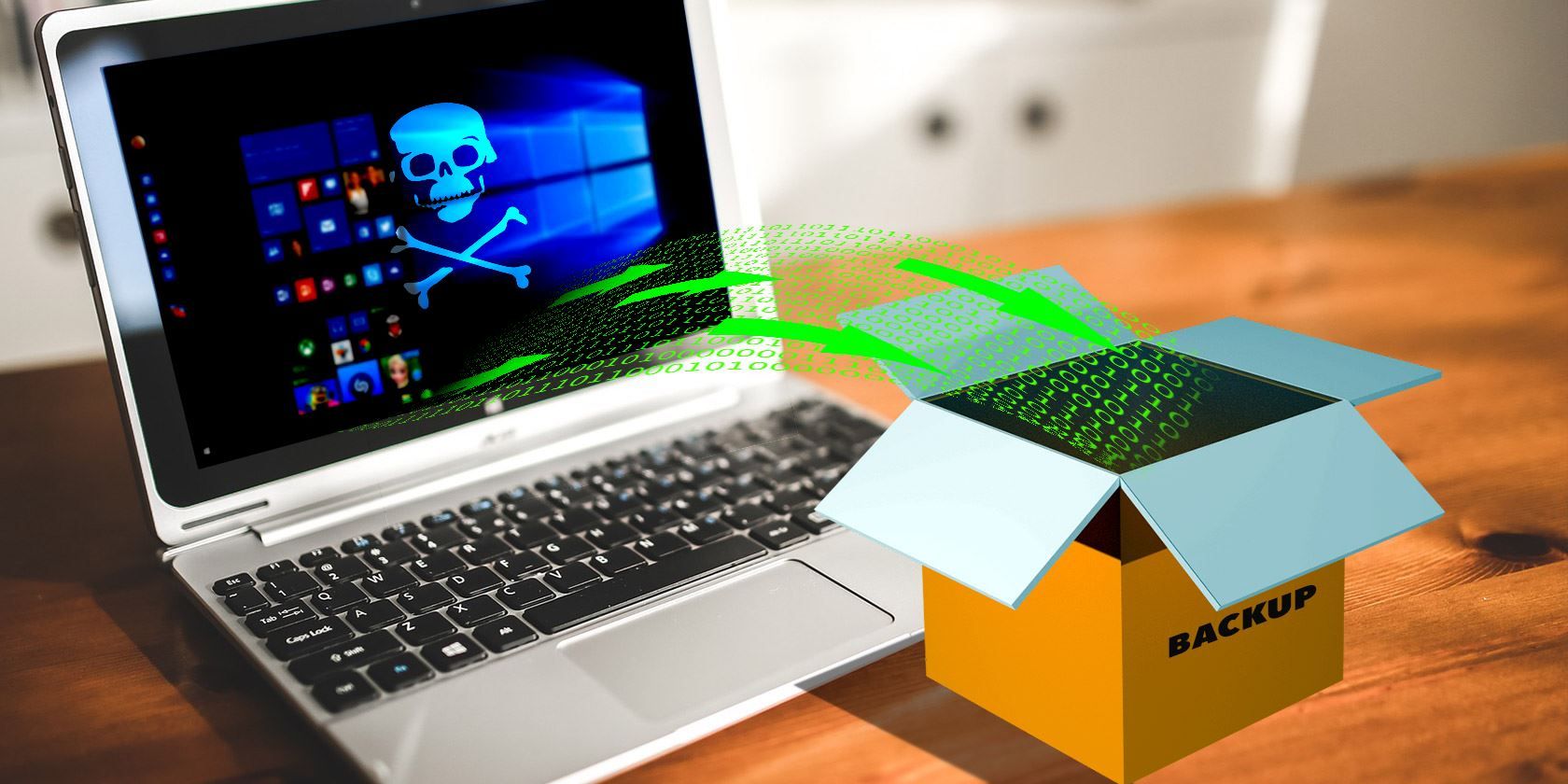


Without a disaster-recovery backup, you’ll wind up restoring the operating system and applications individually from scratch. This procedure is referred to as disaster recovery, and it requires a boot disc/flash drive created by the backup/recovery software. It’s by far the quickest and easiest way to restore your operating system, applications, and data, should your system succumb to hard-drive failure or a malware attack. Though not strictly necessary, it is especially convenient to have a complete backup of your desktop or laptop (ideally with your mobile-device data on board), as described in Method B. If you’re going through the trouble to rip all of your movies to your PC, make sure you back ’em up so that effort doesn’t go to waste! Note that If your data is spread over multiple devices, you’ll need to consolidate it. Wondering about your downloaded movies, music, and other purchased media? You can always download those items again later, though if you’re ambitious enough you can back them up as well. The choice is ultimately yours, but I recommend protecting anything you might want or require later that you can’t re-create: electronic documents (tax stuff, business stuff, any hard copies you’ve scanned and discarded), artistic creations, memorabilia (photos, videos, your old band recordings), or pretty much anything whose loss would evoke extreme negative emotions. Remember that the rule of three is a practical minimum-an extra copy here and there won’t hurt.īefore you can know how you should best back up, you must know what you need to back up. The secondary and tertiary copies should be in different locations: Ideally, keep one on premises (local) for swift restores and recovery, and keep one off-site where it isn’t subject to the same physical threats (lightning, flood, theft, and the like). To lower the risk of data loss to the freak-karmic-event level, you must have three copies of your important data: the original, a backup of the original, and a backup of the backup. It doesn’t get any more basic in backup than the rule of three. You can stop reading now-unless, of course, you’re a seeker of the perfect backup plan, or you want some practical advice. Using Method A, Method B, or a combination of both will protect 99 percent of PCs 99 percent of the time, though it’s worth noting that local backups restore far more quickly. Create a backup of your backups to an online service if practical. Subsequently, use Windows Backup to back up your important data daily, weekly, or monthly to the hard drive.

Use the Windows built-in app (the File Recovery tool in Windows 7, or the File History tool in Windows 8) to create a system image and a recovery CD/flash drive. Buy the fastest, most capacious external hard drive you can afford-two, if possible. Method B: Consolidate the data from your mobile devices onto your primary computer.


 0 kommentar(er)
0 kommentar(er)
